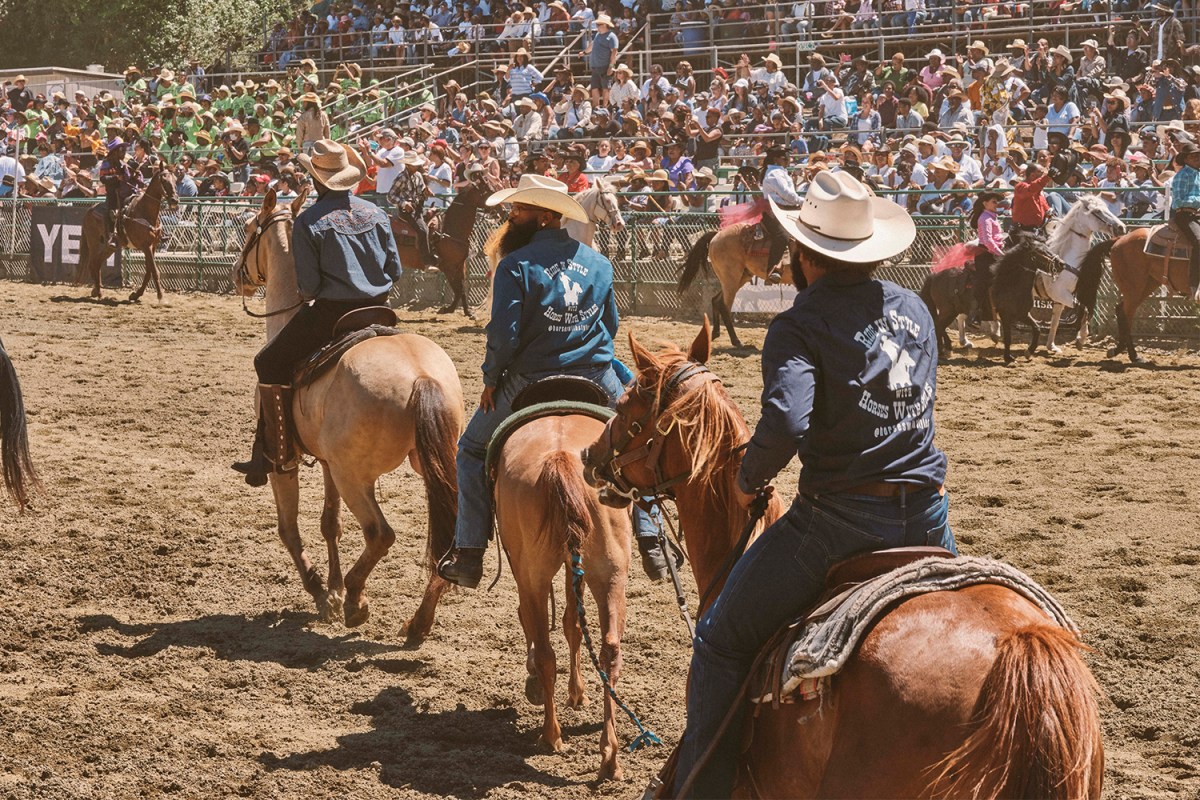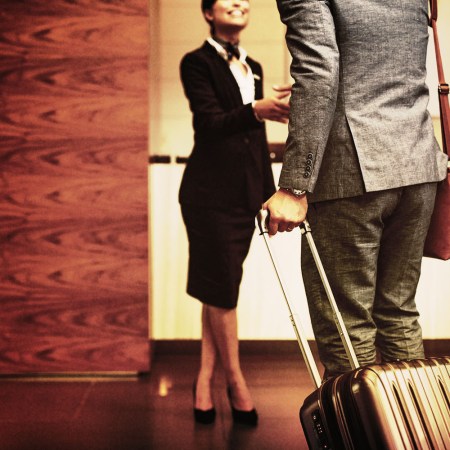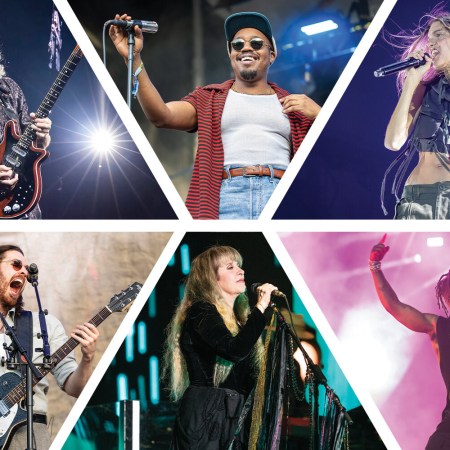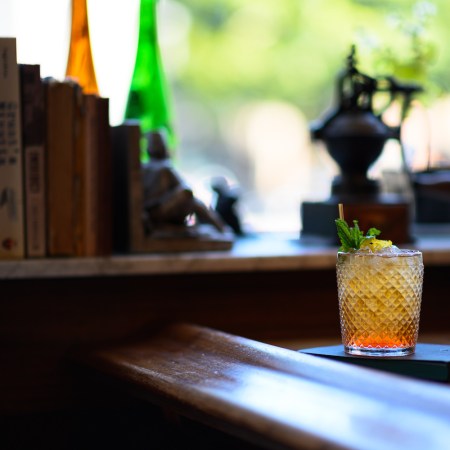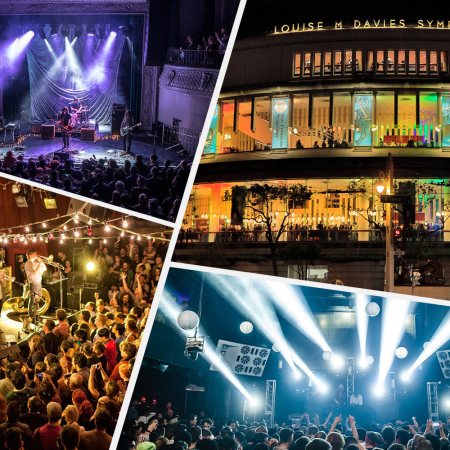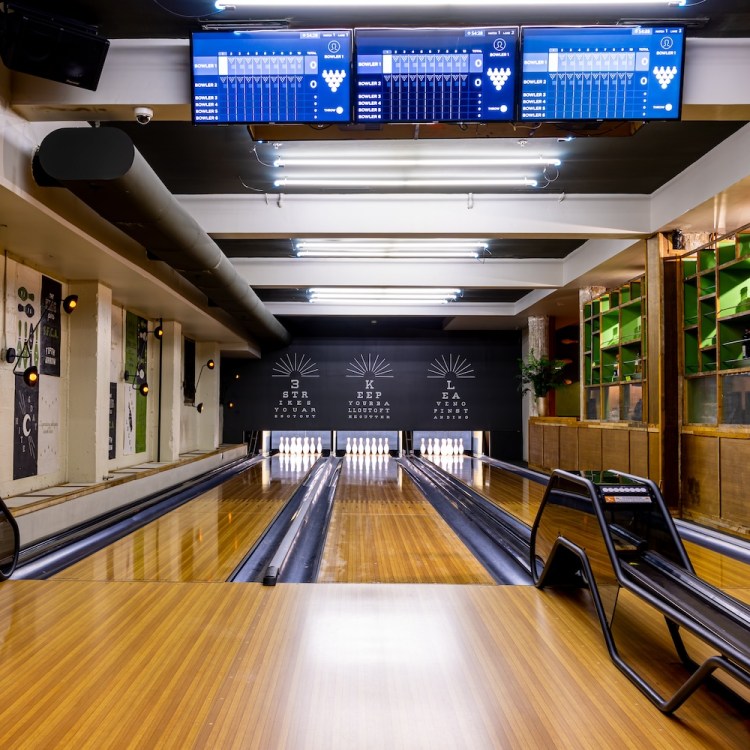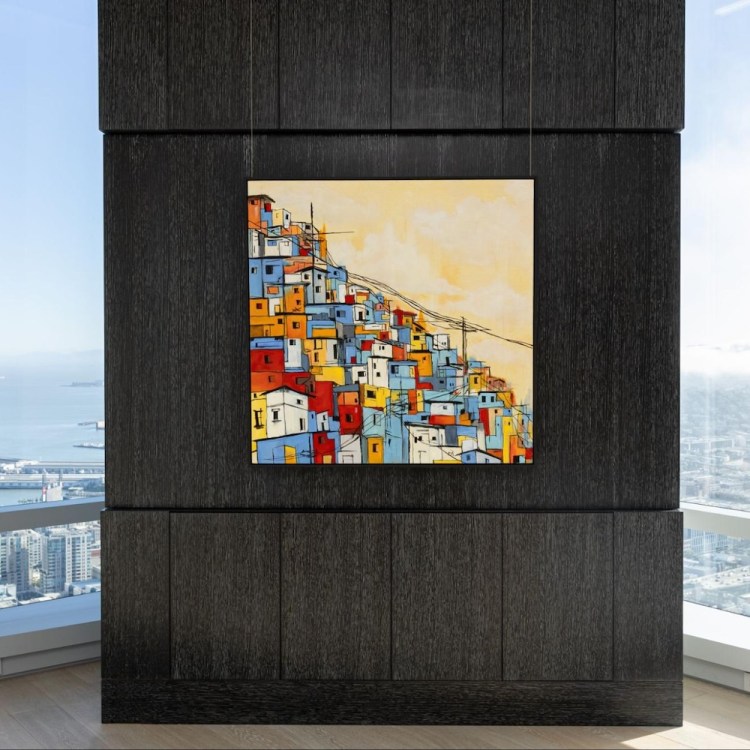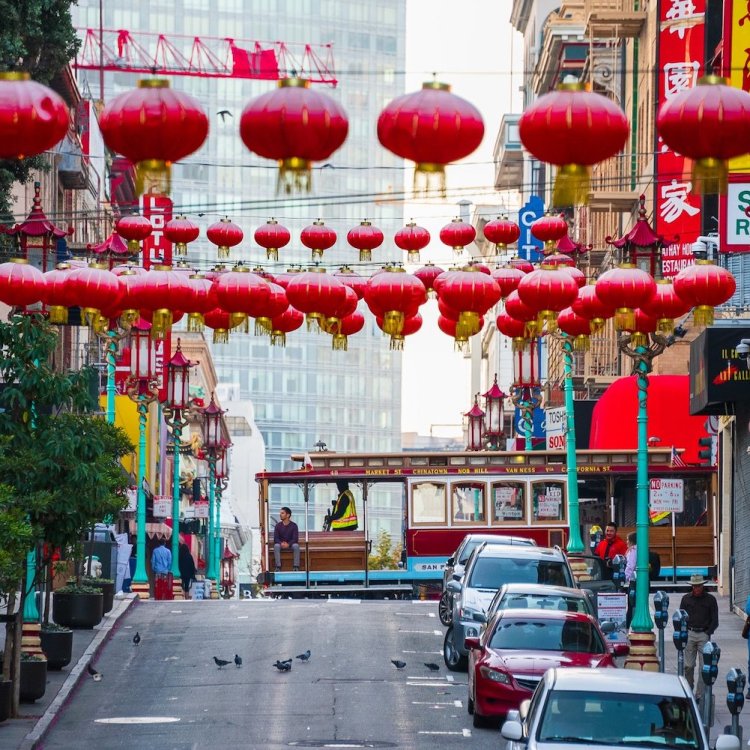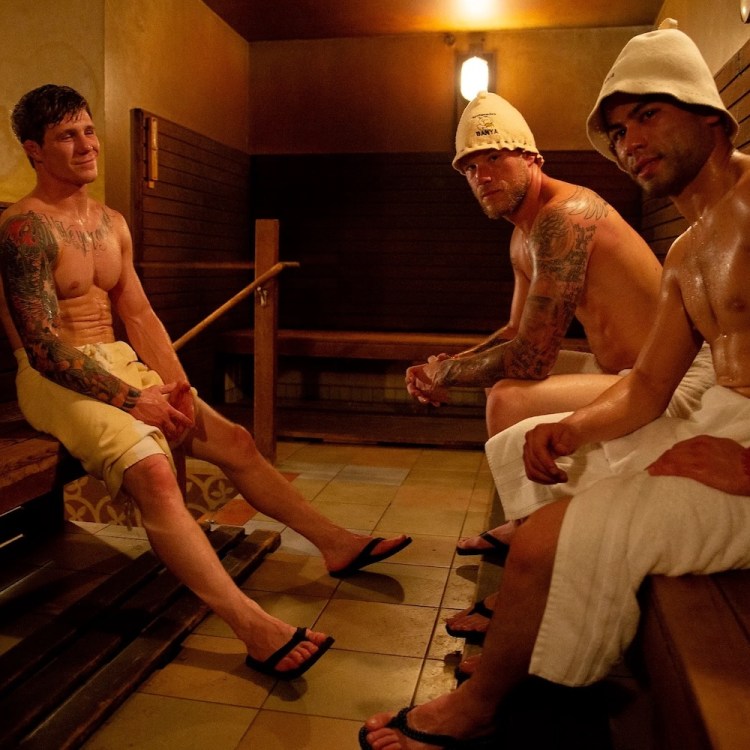San Francisco photographer Gabriela Hasbun has spent two decades photographing the micro-communities that make the city unique — even, incredibly, in the face of the omnipresent tech hegemony.
Her new book, The New Black West: Photographs From America’s Only Touring Black Rodeo, is now available for preorder, and it’s an incredible, decade-plus document of a community of Black cowboys and cowgirls, and the Oakland rodeo they compete in. Here, we speak with her about her work, a changing San Francisco and what makes the Black rodeo so special.
InsideHook: Why has San Francisco been the right place to build your career?
Gabriela Hasbun: I’ve been here since 1998. I have family here — it was a safe landing spot. And I wasn’t ready to move to New York or L.A.
Do you think San Francisco is the same city it was then? A city sort of built on the idea that only there can people truly be themselves? Or has that been squeezed out?
For the most part, it’s totally squeezed out. Everyone who can afford to still live here and is interesting is in the East Bay, you know what I mean? Most of my work is about these little communities hidden within neighborhoods. You have to be brave enough to ask people on the street, “Hey, can I photograph you?” If you start asking questions, people are very friendly and they’re very eager to let you in. That’s how I found so many amazing communities that I’ve photographed, like the fat community and the Black cowboys. I did a series on small businesses in the Mission — just all these quirky little communities here. And they’re amazing.
So you feel like these communities are still there — maybe just pushed to the edges?
They’re definitely still there. They’re definitely harder to find.
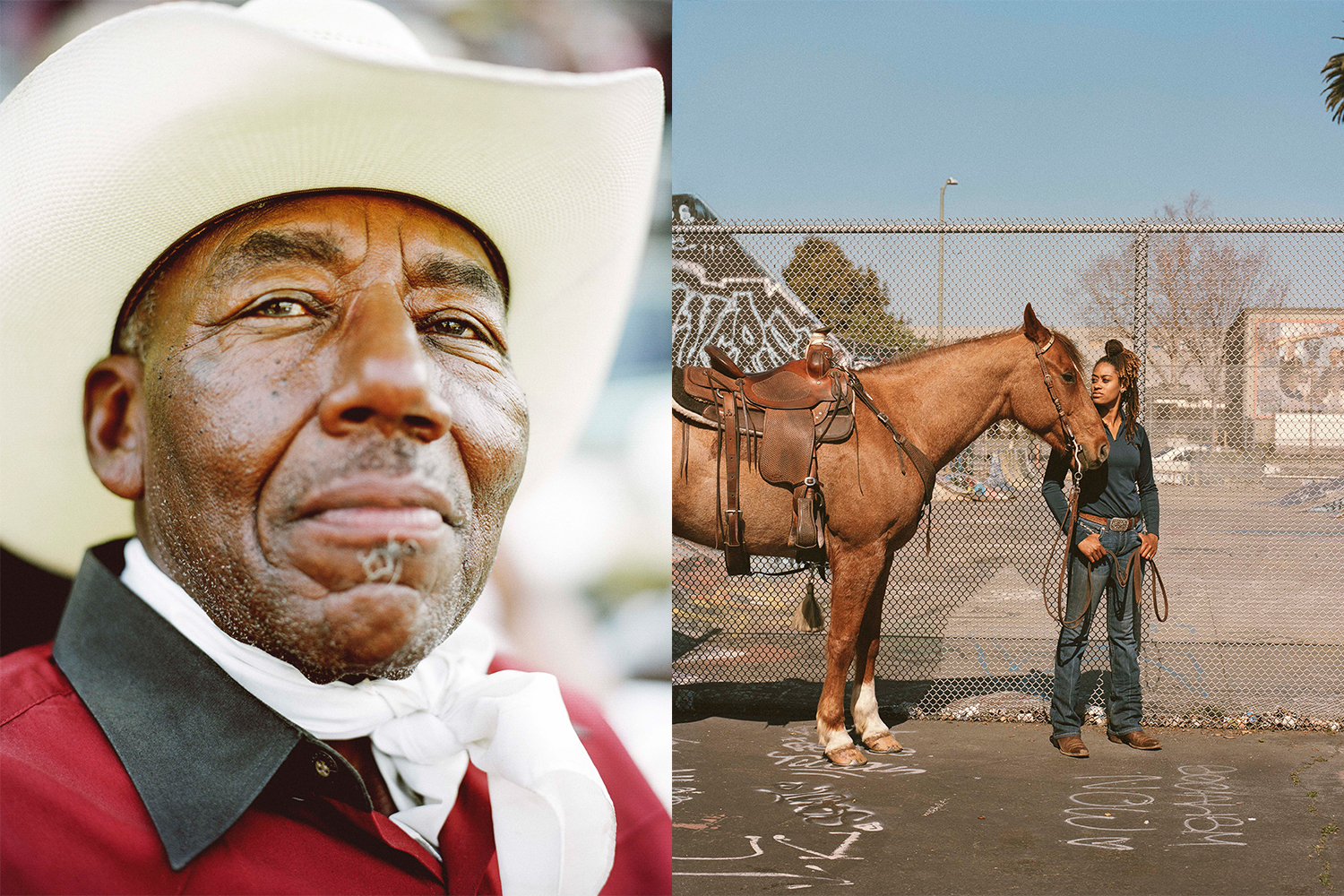
How did the Black rodeo come into your life?
I have a neighbor who is Black, who used to be the photo editor at Wired. She was kind of my mentor at the time, when I was just starting out photo assisting. She was a foodie, and she was from Arkansas, so she’d be, like, “Hey, do you want to come to Oakland with me to find some fried catfish?”
I was like, “Of course, let’s go.” And she told me to bring my camera — there’s a rodeo. So I brought my camera, and lo and behold, there’s this incredible Black community that I’d never seen before. I was just blown away — like, oh my God, what is this? I’d never been to a rodeo because I’m from El Salvador; I didn’t grow up on a farm and I’d never ridden a horse. It was a cultural shock, like, here’s Americana, but it’s this Black Americana that I hadn’t seen anywhere.
Why do you think they weren’t better known then?
It’s just a really tightknit community. It’s just very nuclear. I don’t know how else to explain it.
You’ve now been photographing them for a decade. How have those relationships grown over that time?
It’s pretty great, honestly. In terms of subject matter, I couldn’t have asked for anything better. Most everyone said yes to letting me photograph them at the rodeo. For a long time I was the only one there photographing — not up until maybe 2019 were there other people photographing at the event. In 2017, I started visiting people at their ranches and going more personal. I think they were flattered.
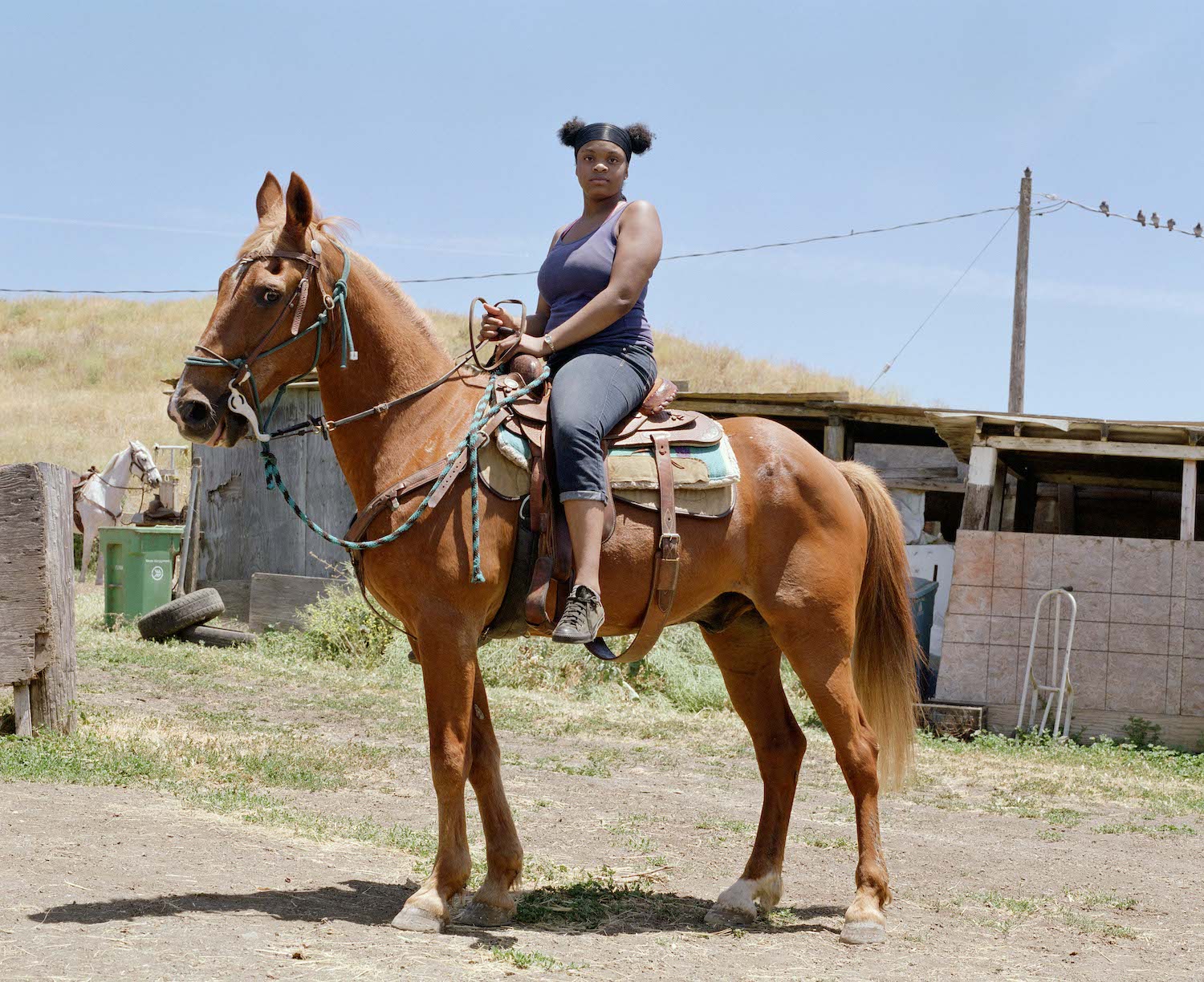
Can you see evolutions not only in your personal relationships but in your photography?
I definitely do see an evolution between my first year photographing them — in 2008, 2009 — versus later on, like 2017 to 2020. I think it’s really about my confidence level. Being a photographer back in the early 2000s, I was just starting out. I was trying to figure out who I was and what I was doing. I always tried to photograph this project with my film camera, my old Mamiya RZ67. That’s a much slower process, and I’m kind of a hyper person. It was really good to have that big, heavy camera — [which forced me to be] like, “Hey, is this really what you want to do?” I had to think twice because it was just more labor intensive.
It helped me focus more later on, when I was like, “Okay, well, what don’t I have?” What kinds of photographs were missing from this series? What would be good to get? I was more gutsy later on in terms of asking people what I wanted them to do or directing them in a certain way.
Is there a photograph that really exemplifies that evolution?
There’s pictures of Brianna Noble, who’s a Black cowgirl who showed up at the BLM protest in June [2020] in Oakland on her giant horse. And a series of photos from Juneteenth — there’s a picture of a horse’s mane. I’ve introduced a flash in some of these, which I rarely used to do before.
What did working with a flash give you?
Just a little bit more sparkle, a little bit more glow.
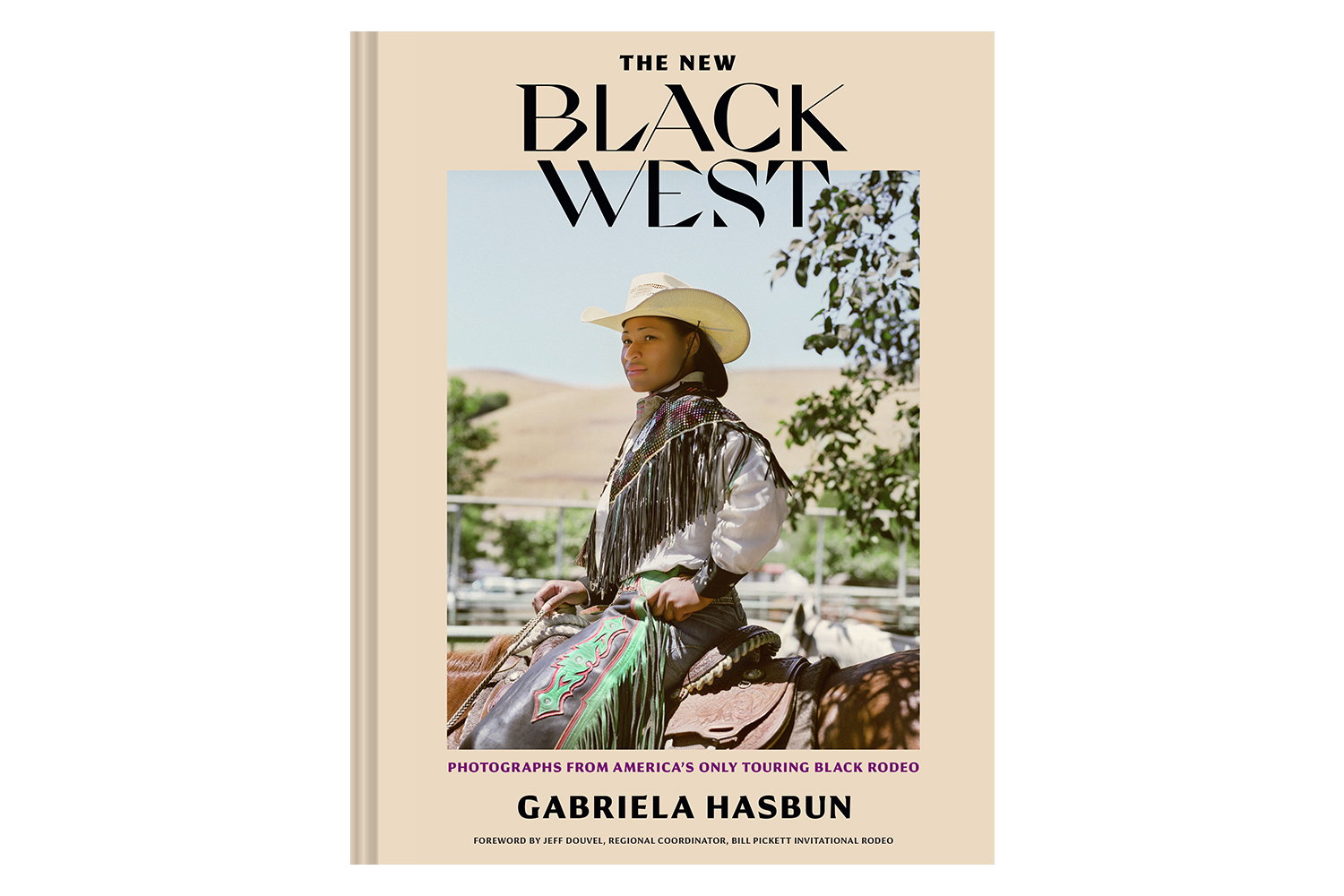
The Juneteenth images are just so joyous.
These guys are really happy people. They love their horses — their horses are their lives. They live to ride. Cowboy Sam is a truck driver who delivers Pepsi and Coke. He’ll wake up at like 3 or 4:00 a.m. and he’ll be on the road for 10 hours. And then afterward, if he has energy, he’ll go to the ranch in Fremont and ride his horse.
What’s really great about this community is they’re doing campouts, they’re doing rides. It’s not like a once-a-year rodeo. They all know each other. And so many of them have said, “This is my rodeo family.” They’re all really good to each other. And it’s such a healthy, positive community. It’s made me sad that they’ve gone under the radar for so long.
This article was featured in the InsideHook SF newsletter. Sign up now for more from the Bay Area.
